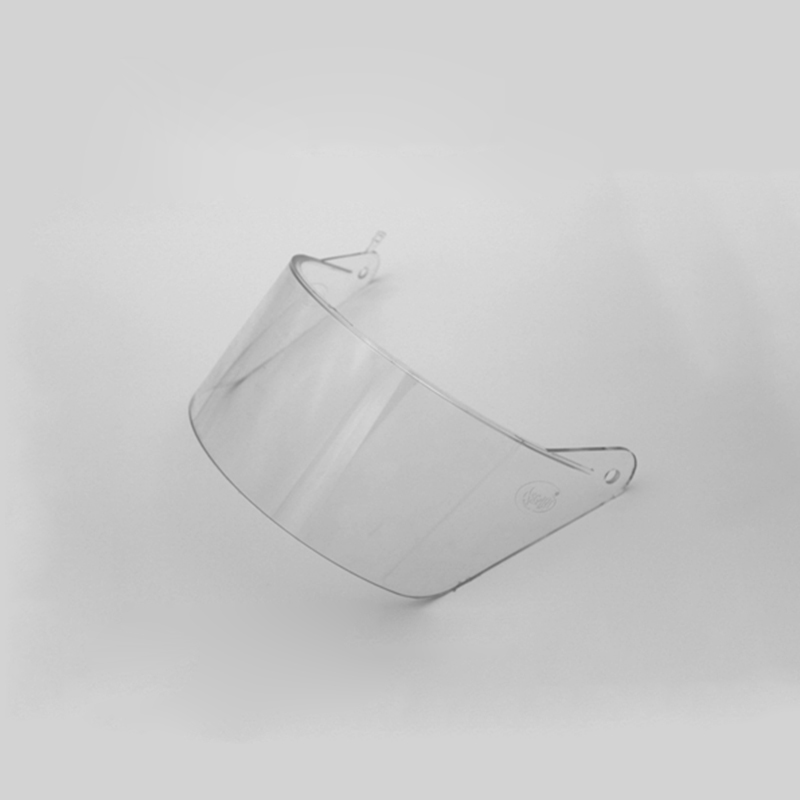A Helmet Mould is a tool that manufacturers use to manu […]
A Helmet Mould is a tool that manufacturers use to manufacture helmets. The process begins with a fabric sample prepared as an open face helmet. A positive and negative mold is then created to reproduce the outer shell shape. The outer shell mold is larger than the foam liner to accurately correspond to the head anatomy of the wearer. A polymer matrix containing an accelerator and catalyst is mixed into the mold to create a durable helmet shell.
While helmet molds are typically made from steel, non-ferrous materials are also used. About 30 years ago, the majority of helmet moulds were manufactured from carbon tool steel, which had poor dimensional accuracy and a short life. Now, however, newer steel products have improved the quality and smoothness of the finished product.
The cost of design and labor increases when the process is used to create helmets. Furthermore, the number of helmets produced per hour decreases, and rejects and spoilage increase. As a result, a helmet moulding manufacturer should make an investment in a high-quality mould to maximize productivity and efficiency.
Oxygen bleach can be used to clean helmets. The bleach solution can be mixed with a gallon of hot water and 2 tablespoons of mild dishwashing liquid. A soft brush or sponge dipped in this solution can be used to clean the inside of a helmet. It is important to avoid exposure to sunlight during the cleaning process. This may cause harm to the interior foam pads. It is also important to disinfect the helmet with a disinfectant after cleaning to prevent further mold growth.
While inmolded helmets are generally safer, many manufacturers make inmolded helmets with thinner material between the vents. As a result, the helmets can be sold for a higher price. For instance, a helmet made with inmolded foam will be much more expensive than one with thin material between the vents.

Taizhou Huangyan Chuangji Mould Industry Co.,Ltd.